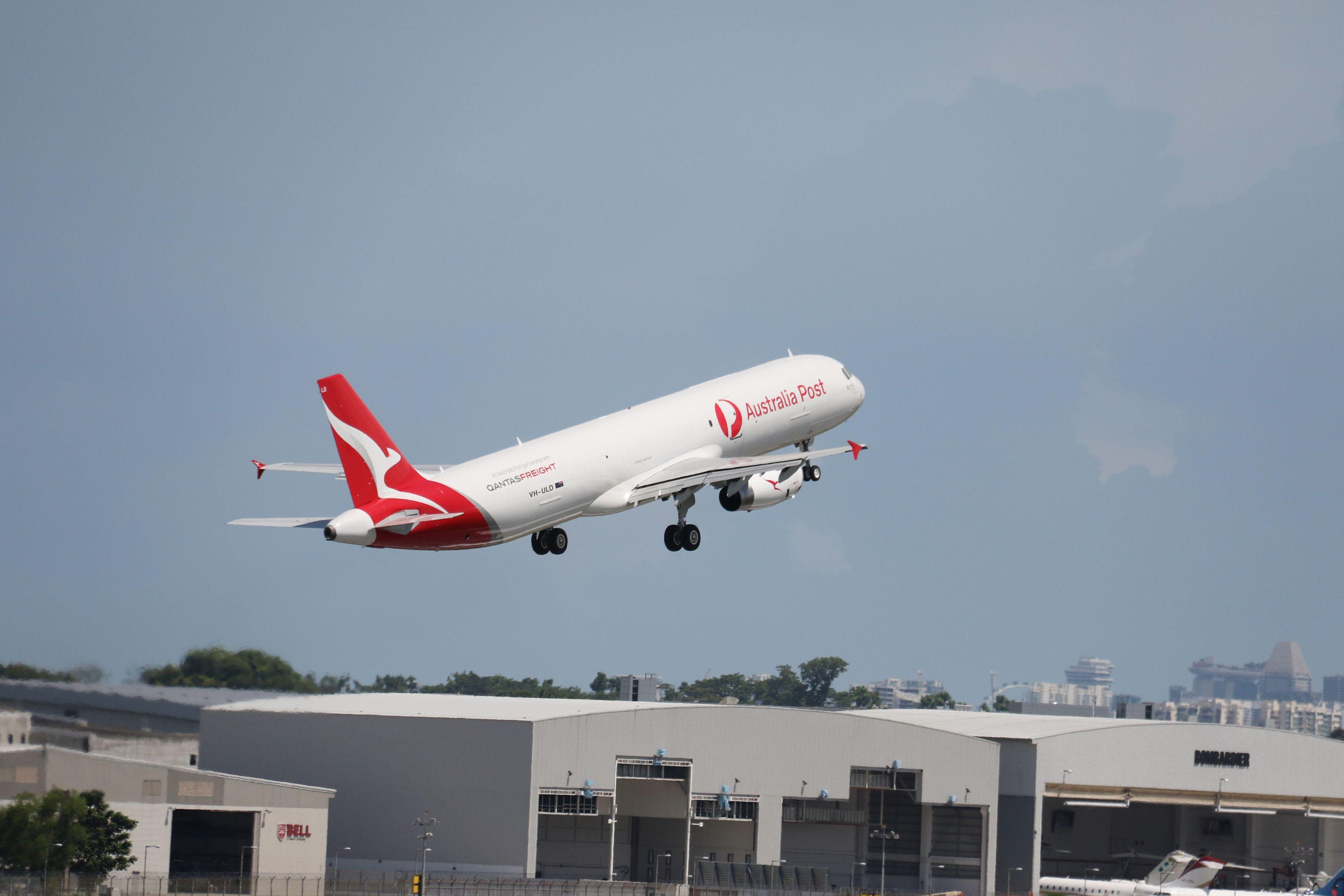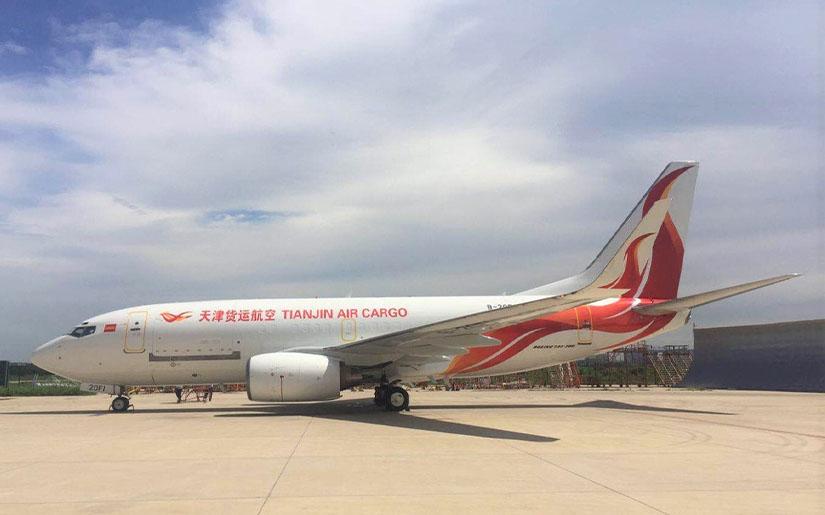
The air cargo sector stepped into the spotlight at the beginning of the COVID-19 pandemic as operators scrambled to get medical supplies and other goods where they needed to go.
And while the COVID-19 crisis has hit economies hard, with repercussions on spending power, on the flip side, lockdowns have also shifted retail behavior patterns toward increased online purchasing.
In August, according to IATA figures, global cargo demand was down 12.6% compared with a year earlier, a slight improvement on the 14.4% drop recorded in July. That compares with a 75.3% year-over-year drop in revenue passenger kilometers (RPK) on the passenger side in August.
According to cargo industry analysis specialist CLIVE Data Services, September statistics show that the global air cargo market is edging toward a sustainable recovery at the beginning of its traditional peak season.
CLIVE Data Service’s dynamic load factor—which is based on the volume and weight of cargo flown as well as capacity available, giving a clearer picture than a measurement based on weight alone—averaged 70% in September, a 2 percentage-point increase compared with August and 8 points higher year-over-year.
“The air cargo market seems to be quite resilient,” CLIVE Data Services managing director Niall van de Wouw said.
Capacity Shortage
The real problem cargo operators are facing is a lack of capacity. Global capacity measured in available cargo ton-kilometers was down 29.4% in August, and the 67% drop in belly capacity for international operations was only partially offset by a 28.1% increase in dedicated freighter capacity, according to IATA. Daily widebody freighter utilization was close to 11 hr. per day, the highest levels since tracking of those figures began in 2012.
In the short term, if the cargo recovery is maintained, that capacity squeeze could lead to a return to the makeshift solution of airlines deploying underutilized passenger aircraft for transporting freight, van de Wouw believes.
Further ahead, it will certainly lead to demand for more freighter aircraft.
In its 2019 commercial market forecast, published before the pandemic, Boeing predicted demand for 1,040 new widebody freighters and 1,780 passenger-to-freighter conversions over 20 years. In its latest update at the beginning of October, the manufacturer scaled those numbers back, predicting a need for 930 production freighters and 1,500 conversions through 2039.
“Despite recent challenges, air cargo is forecasted to grow at an average annual compound rate of 4% in the next 20 years, led by the robust markets in East Asia and acceleration of e-commerce,” Boeing said. “Acceleration of passenger-airplane retirements as a result of the pandemic will provide additional feedstock opportunities for freighter conversions. The freighter fleet will increase by more than half: from 2,010 airplanes in 2019 to 3,260 by 2039, representing 62% fleet growth over 20 years.”
Michael Doellefeld, vice president of commercial services programs at Boeing Global Services, says demand for freighter conversions is still strong.
“Even during COVID, we continue to see strong demand for both our 737-800 converted freighter as well as the widebody 767-300 converted freighter,” he notes. “That demand has not subsided during COVID, and in fact we are taking steps even now to open up some new conversion lines to react to that growing customer demand.”
Doellefeld says the company is seeing an uptick in orders from existing customers as well as interest from emerging customers.
The manufacturer is opening additional passenger-to-freighter conversion lines at Gameco in China for the 737-800BCF and at ST Engineering Aerospace Services Co. for the 767-300BCF.
“Those are [maintenance, repair and overhaul sites where] we have conversion production at today, but we are opening up additional capacity for the growing demand we’re seeing across our passenger-to-freighter offerings,” Doellefeld says.
In September, Boeing secured another two 737-800 freighter conversions for an undisclosed customer, taking its total to 134 orders and commitments for the type. It has 51 orders and commitments for the 767.
According to Aviation Week Network Fleet Discovery data, 19 737s, including -300, -400, -700 and -800 variants, were converted from passenger to freighter aircraft in 2020 worldwide as of Sept. 15 by Boeing’s partners and other conversion specialists.
“Both pre-COVID activity late last year and more recent orders and commitments this year were factored into those decisions as well as the longer-term outlook,” Doellefeld says, referring to the additional capacity moves in China and Singapore. “We have confidence that growth will remain strong over a long-term of forecasted operation.”
“We do expect demand for dedicated freighters to continue to grow,” he adds. “And it’s really being driven by increasing demand and expansions of express cargo markets and further developments in e-commerce, as well as the inherent demand of cargo itself.”
According to the Aviation Week Network Fleet Discovery database, 221 passenger aircraft had been converted to freighters since the beginning of 2018.
In Europe, the Airbus passenger-to-freighter conversion specialist EFW, a joint venture of the manufacturer and ST Engineering, says demand for the A320/A321P2F is “very strong,” with conversion capacity booked out until the second quarter of 2022. The company obtained FAA validation for the type back in February, based on existing approval from EASA.
“As part of the regular plan, we will ramp up our production and have started to qualify more and more conversion lines to satisfy this demand,” says Thomas Centner, EFW’s sales director of aircraft conversions.
EFW—based in Dresden, Germany—is focusing on ramping up its A321 and A330 passenger-to-freighter production capacity. Its secondary goal is to start A320P2F prototype installations, a plan that was pushed back slightly in favor of escalating the A321P2F activity more quickly than originally planned, Centner says.
The company’s first A321P2F was delivered to Qantas Freight in October. According to Fleet Discovery data, EFW has converted two A330-300s so far this year.
E-commerce Growth
EFW also attributes some of that demand growth to the growing e-commerce segment.
“COVID-19 has quickly accelerated online retail, and express demand grew in parallel,” Centner says. “In addition, the corona crisis kicked a huge portion of belly hold capacity out of the market, and today freighter aircraft are much more in demand.”
Retail forecasting specialist emarketer.com predicted in a June report that global retail e-commerce sales would slow down to a 16.5% growth rate this year, compared with 20.2% in 2019, but it said e-commerce remained a bright spot, accounting for an overall $3.9 trillion in sales this year. Because of the pandemic, it reduced its global retail outlook for 2020 by 10%–but its e-commerce outlook by just 2%.

Israel Aerospace Industries (IAI), which delivered its first Boeing 737-700 passenger-to-freighter conversion to Tianjin Cargo Airlines in early October, also points to Chinese demand for freighters to fulfill the growing appetite for e-commerce.
The conversion took place at its Tianjin maintenance site through a partnership with the Haite Group.
“With the rise of e-commerce and the resulting higher demand for cargo aircraft, together with the effects of the COVID-19 pandemic, cargo aircraft have become the lifeblood of the Chinese economy,” IAI says.
In addition to affecting day-to-day air cargo operations and demand for freighter aircraft, the COVID-19 crisis shows signs of creating a shift toward younger aircraft on average entering conversion programs, given the historically large numbers of parked passenger aircraft around the world, Centner says.
“Lessors and combination carriers have started to rethink their strategies, and many will return to invest in conversions to balance their businesses better,” Centner says. “Lower residual aircraft values make passenger-to-freighter conversion even more attractive as a sound investment opportunity.”
Centner adds: “I’m convinced that one of the lessons learned from this crisis will be that operating freighters is essential for global logistics chains as well as essential for revenue balancing of airlines and asset management of lessors and investors.”
